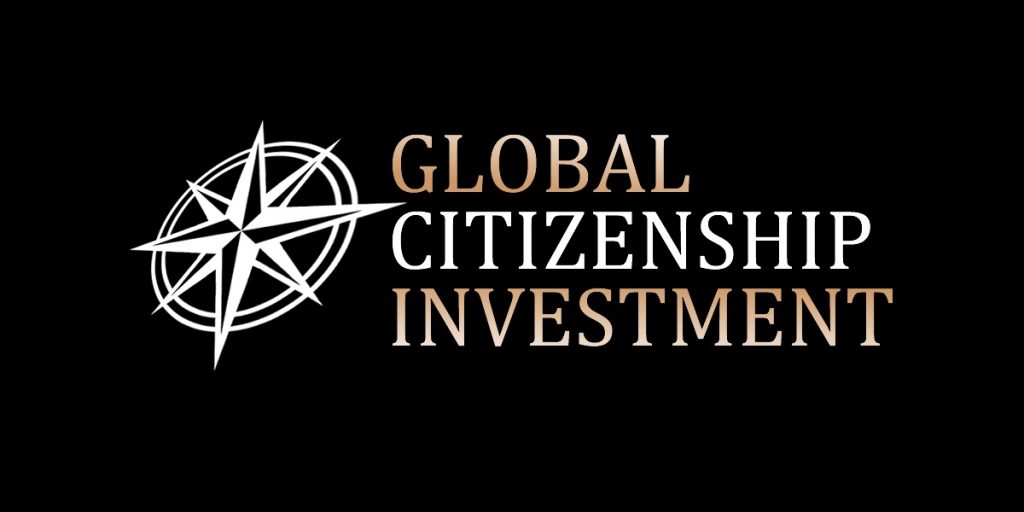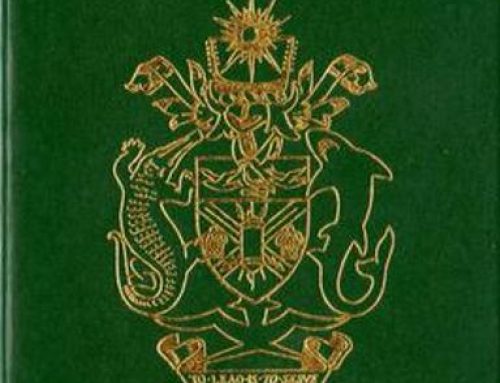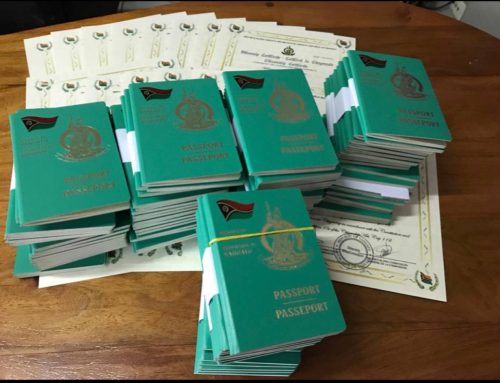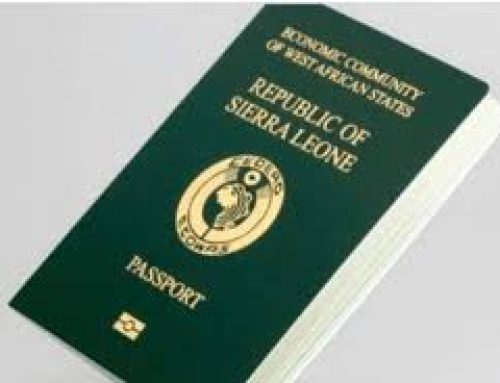Serbia has topped the 2016 Performance Index for greenfield FDI. The south-eastern European country is ranked number one in the annual study by fDi Intelligence, a Financial Times data division, which looked at inbound greenfield investment in 2016 relative to the size of each country’s economy. Serbia scored 12.2019 in the index, closely followed by Cambodia (11.24) in second and Macedonia (9.18) in third.
Greenfield foreign investors announced 77 projects in Serbia in 2016, up from 57 in 2015. More than half (53%) of these projects were manufacturing based. Electronic components and automotive components were the country’s most important sectors for greenfield FDI, followed by real estate and textiles.
In contrast, and an important factor in its high index score, the Serbian economy is exhibiting little growth. In 2015, it contracted by almost 16% in nominal terms and recovered only marginally in 2016, by 1.6%. In 2017, it is expected to contract slightly, by -0.02%.
Quicker processing
Serbia rose seven places to 47th in the World Bank’s 2017 Doing Business report, shortening the time it takes to register a property and deal with construction permits, as well as the overall time taken to register a company.
Of the 94 locations analysed in the 2016 Greenfield FDI Performance Index, 68 had an index score greater than 1, while 26 had a score less than 1. A score of 1 indicates that a country’s share of global inward greenfield FDI matches its relative share of global GDP. A score greater than 1 indicates a larger share than indicated by its GDP and a score of less than 1, a smaller share.
Serbia, with a score of 12.2019, is attracting more than 12 times the amount of greenfield FDI that might be expected given the size of its economy.
The index uses a methodology devised by UN trade and development body Unctad for overall FDI, and applies it to only greenfield FDI – excluding mergers and acquisitions, intracompany loans and other forms of crossborder investment.
Of the 10 largest economies in the world, only the UK (2.29), India (2.11) and France (1.06) had index scores above 1. China’s score fell by 0.03 points to 0.37; only Italy (0.37) and Japan (0.22) had equal or lower scores of the 94 countries analysed. The US improved slightly from 0.47 to 0.50.
Methodology
Greenfield FDI data used in the index is derived from fDi Markets, and excludes retail investments. The 2019 index has 105 countries, 13 more than the previous index. There are 13 new entrants: Bolivia, Cyprus, El Salvador, Guatemala, Jamaica, Kuwait, Laos, North Macedonia, Montenegro, Paraguay, Uganda, Uzbekistan and Zimbabwe. To be included in the index, a country must have received at least 10 greenfield FDI projects in 2018. The 2017 FDI figures were revised from last year’s index as further project information became available in 2018/19. GDP figures were also revised on more recent data from the IMF (from the second quarter of 2019).






